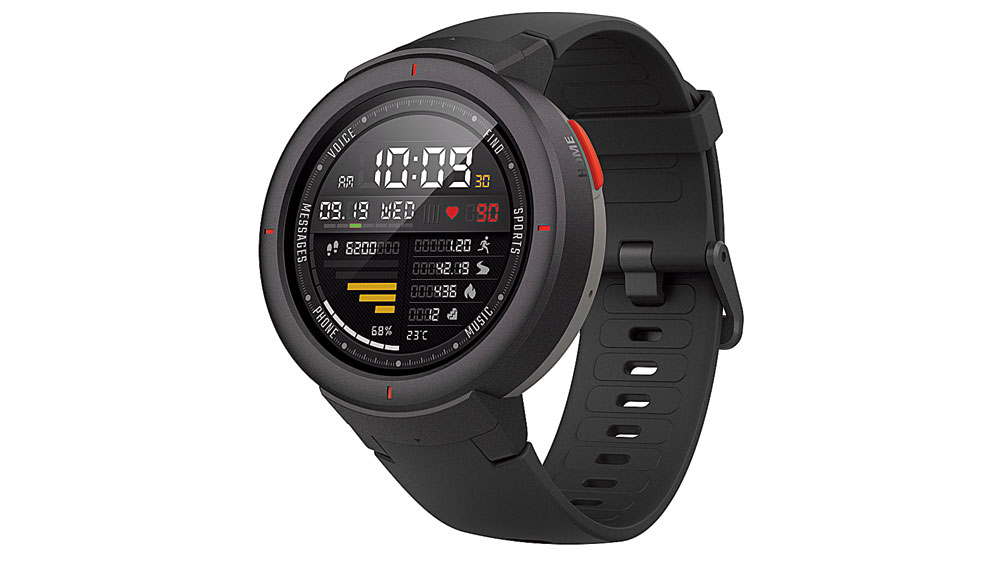Samsung Galaxy M20
Price: Rs 10,990 onwards
Samsung, for all its flagship prowess, was noticeably absent from the budget phone wars over the past few years. The few products they had sold purely on brand value had paled in comparison to the likes of Asus and Xiaomi. That’s set to change with the Galaxy M series, the M20 in particular, which delivers a credible offering that takes the fight to the competition and gives Samsung its first device in the budget segment that’s truly worth recommending.
A 6.3-inch full-HD+ teardrop notched display, a mid-range Exynos 7904 chip and 3/32GB or 4/64GB variants (with storage expansion), dual 13MP/5MP rear cameras and an 8MP selfie shooter, face unlock and a fingerprint scanner… and a massive 5,000mAh battery — these are specs and features hitherto unseen on a Samsung in this segment. The winner is the TFT display Samsung uses on the M20 — colours are vibrant and contrast ratios are excellent. Then there’s support for the Widevine L1 standard — a rarity in phones under Rs 20,000 — that lets you stream high-resolution content from Netflix and Prime Video. Performance levels on the 7904 chip are competent, and the M20 is a breeze to use, unlocks via facial recognition snappily and multitasks well between apps and games.
Design is a tad generic. Daytime shots on the cameras exhibit good detail and the wide-angle camera adds a different perspective to cityscapes, but the low-light images take a hit. The ads on the lock screen are a bother.
Realme Buds
Price: Rs 499
Chinese smartphone brand Realme got noticed for all the right reasons with the Realme 2 Pro and the C1 in the past year. Now it has expanded to the audio category with the Realme Buds. It may sound like it’s too good to be true, but the Buds deliver a lot for their relatively low asking price.
Cast a glance at the feature set alone — a pair of in-ear headphones with a three-button inline remote and microphone, a Kevlar-fibre wrapped cable for added durability and magnetically attaching earbuds — and the Realme Buds are already punching above their price segment. The earphones and the buttons on the remote feel sturdy in use. Courtesy their 11mm drivers, the Buds get really loud and while the audio quality isn’t exceptional, it’s not bad for casual listening, more so if your music catalogue favours bass-heavy music.
The bass often overpowers the mids and the highs.
Mivi Octave
Price: Rs 2,999
Smartphone accessory maker Mivi’s Octave Bluetooth speaker may look like a smaller version of Apple’s HomePod, what with the squat cylindrical shape and fabric cladding all around. For its price, though, this is no pushover and pumps out decent audio while staying loud enough to fill a room.
Feels solid in the hand, mildly heavy even, which is a good indicator of the quality of materials used. With two drivers and a passive subwoofer coming together to deliver a rated output of 16W all round the speaker, the Octave can get plenty loud for its size. With its capacious 2,600mAh battery, the speaker lasts well into the eight-nine-hour territory, which makes the Octave handy to carry along for listening outdoors. It can also handle the odd splash of water, courtesy its IPX5 rating.
While the highs are controlled, the bass tends to overpower the rest of the sonic frequencies and there’s a perceptible distortion at higher volumes. Works well for folks who love some thump over accurate audio reproduction. The speakerphone microphone needs some work as my voice was repeatedly sounding muffled on calls. Takes around two-and-a-half hours to charge fully.
Amazfit Verge
Price: Rs 11,999
The Xiaomi-backed wearables company Huami has impressed with its Amazfit range of wearables, and the Verge is the latest of its GPS-enabled sports watches. Save for its minor tracking issues, the Verge is a good option for the price and competes strongly against the Samsung Gear Sport.
Flaunting a sporty design, the Verge is all-plastic with silicone bands. That means that it’s light on the wrist and can be worn comfortably all day, but some would consider it too light (almost toy-like), especially those who associate some amount of heft with premium fit and finish. Where it shines is its gorgeous 1.3-inch circular AMOLED display (360 x 360 pixels), which is bright and vibrant, with rich colours and deep blacks like some of its pricier competitors. You can even set an always-on watch face to display the time and basic information at reduced brightness. Fitness tracking features are fairly comprehensive.
Battery life is a respectable four days of use, but the Verge uses a proprietary charging cradle with a non-detachable cable so there’s one more thing to pack for longer trips out of town. The proprietary Amazfit OS is based on Android, but you can’t install your own apps on it or sync data with third-party apps like Apple Health or Google Fit. Notifications are displayed well, but you can’t respond/interact with them. You can, however, take calls if it’s paired with an Android phone. Core apps like workout training and timers are basic, but you’re still limited to using one app at a time. There’s no support for swimming-related activities, which means that despite its IP68 rating, it’s best to avoid using this in the pool. In my tests, the distance tracking was a little off, in that the Verge under-records your steps, but the heart rate tracking was on point.
Asus ROG Phone
Price: Rs 69,999
There are phones with high-end specs that are capable of gaming, and then there is the Asus ROG Phone. Inspired by the brand’s Republic of Gamers laptops, the ROG Phone features design and hardware tweaks that will appeal to the most uncompromising of gamers, but few else.
From its asymmetrical and heavily stylised rear design replete with copper cooling vents, to the customisable lighting for the logo, this is a phone that’s meant to stand out and turn heads. Its gaming cred isn’t just based on looks alone — Asus has gone all-out with the hardware, using a specially overclocked Snapdragon 845 chip (with some cooling wizardry plus a dedicated AeroActive Cooler clip-on accessory to handle thermals), 8GB/128GB of memory/storage and a six-inch AMOLED display that boasts of HDR and a 90Hz refresh rate. The impact on performance is evident — animations are a lot smoother and gameplay even at ‘Ultra’ settings with HDR shows no lag or dropped frames. Audio via the front-firing dual speakers is excellent too. In addition, Asus has included a Game Center app and a dedicated-for-gaming X mode which frees up memory and bumps up CPU performance. Plus, there are three ultrasonic sensors, ‘AirTriggers’, which are touch-sensitive buttons on the device frame and can be used when gaming in landscape mode. Battery life and cameras are both good. It has to be said — Asus has really thought this one through and, henceforth, the ROG Phone will be the new standard by which every other gaming phone will be judged.
None really, the ROG is a good phone but it’s strictly for gamers.
Mi LED TV 4X Pro 55
Price: Rs 39,999 onwards
First it was smartphones, and then Xiaomi upended the large screen smart TV segment with the Mi TV launch last year. This year’s Mi LED TV 4X Pro (quite a mouthful, isn’t it?) continues the trend — at Rs 39,999, the 4X Pro gets you a 55-inch 4K HDR television with Android TV and built-in Chromecast support, along with Xiaomi’s own PatchWall platform. A steal for most folks looking for a large screen experience.
Aside from the immediate visual benefit of such a large panel at this price, the panel used by Xiaomi itself — a HDR10 3,840 x 2,160 pixel variant capable of 10-bit colour — renders impressive visuals and colours for a TV at this price point, and everything from regular TV and streaming content (full-HD upscaled and native 4K) benefit from the sharp panel. HDR10 compatibility is a bonus, with Netflix and Prime Video increasingly offering HDR content, but the HDR performance itself is a bit underwhelming, courtesy the relatively low brightness level. The two 10W speakers are a marked improvement over those of the 4 Pro, but are still middling in output. A good soundbar (Xiaomi has recently launched one as well) will significantly improve the audio. Xiaomi’s own PatchWall UI works well if you take the time to set up the content partners, and then there’s Android TV 8.1 for the YouTube and Google Assistant goodness. Still conspicuously absent are Prime Video and Netflix, so you have to pick up an Amazon FireTV Stick or an Apple TV to fill that gap.
The matte-finish design is a tad staid, foregoing the aluminum of the flagship 4 Pro for good quality plastics for the rear and bezels. No edge-to-edge glass here. The table-top stand is at the edges of the panel, which means you will need a table as wide as the TV itself. While the connectivity options are ample, the positioning of the ports towards the middle of this large 55-inch TV renders them rather inaccessible, particularly if you’re wall-mounting it.
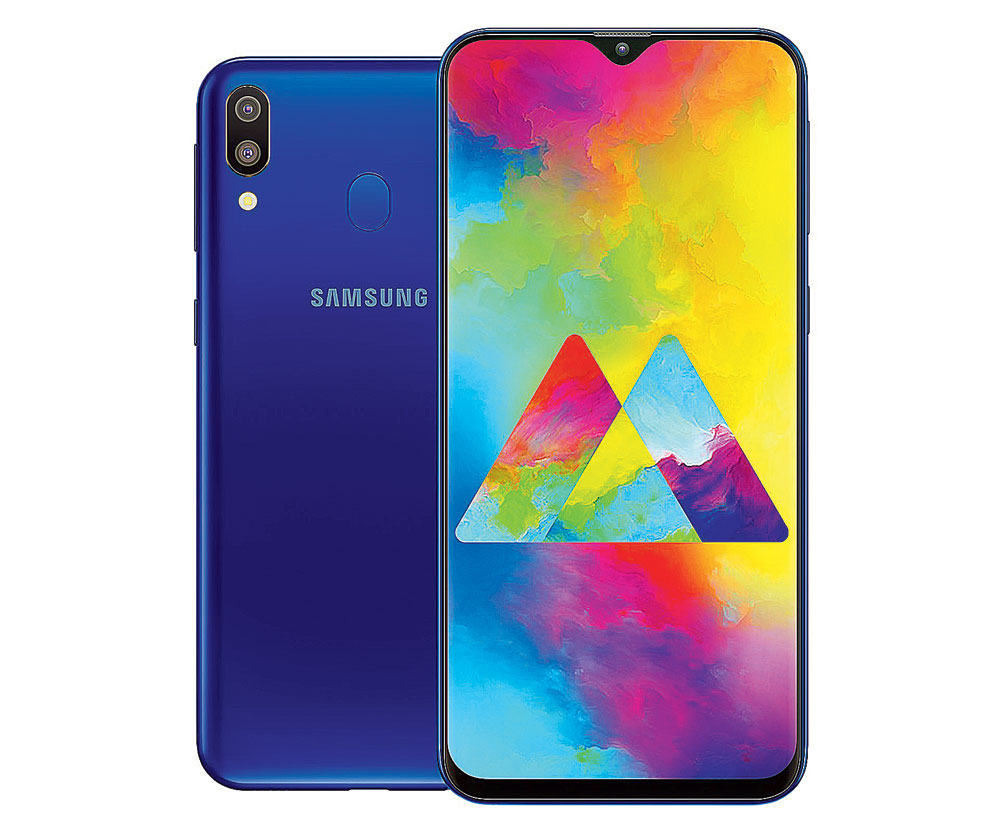
Samsung Galaxy M20 Source: Samsung site
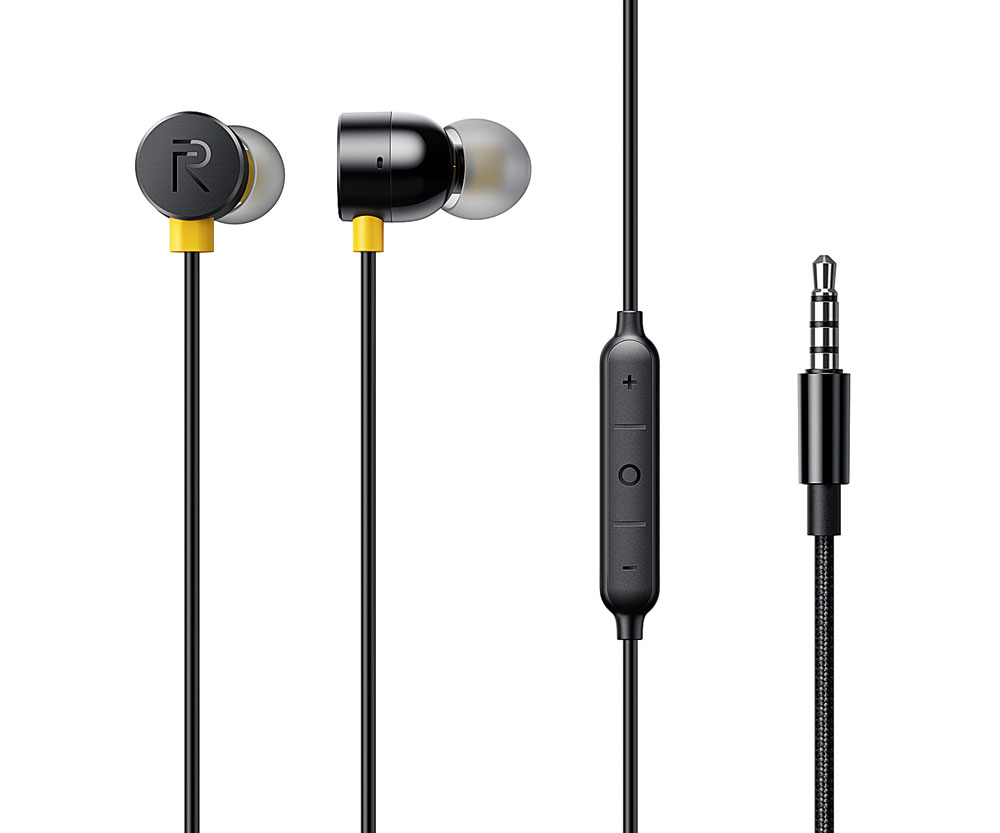
Realme Buds Source: Realme site
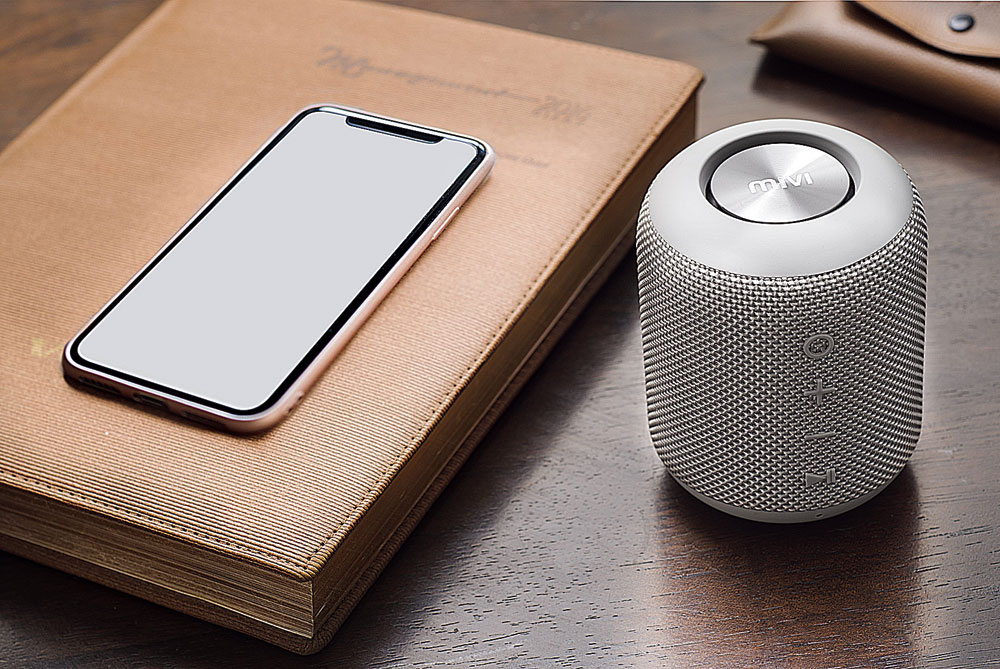
Mivi Octave Source: Mivi website
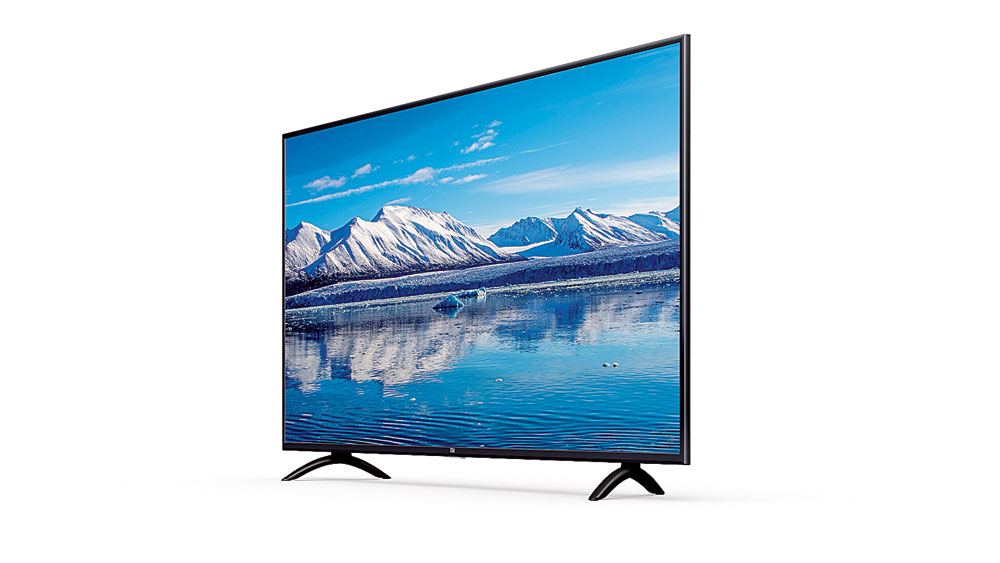
Mi LED TV 4X Pro 55 Source: Mi website
Tushar Kanwar is a tech columnist and commentator.
Follow him on Twitter @2shar. Mail your tech queries to t2onsunday@abp.in
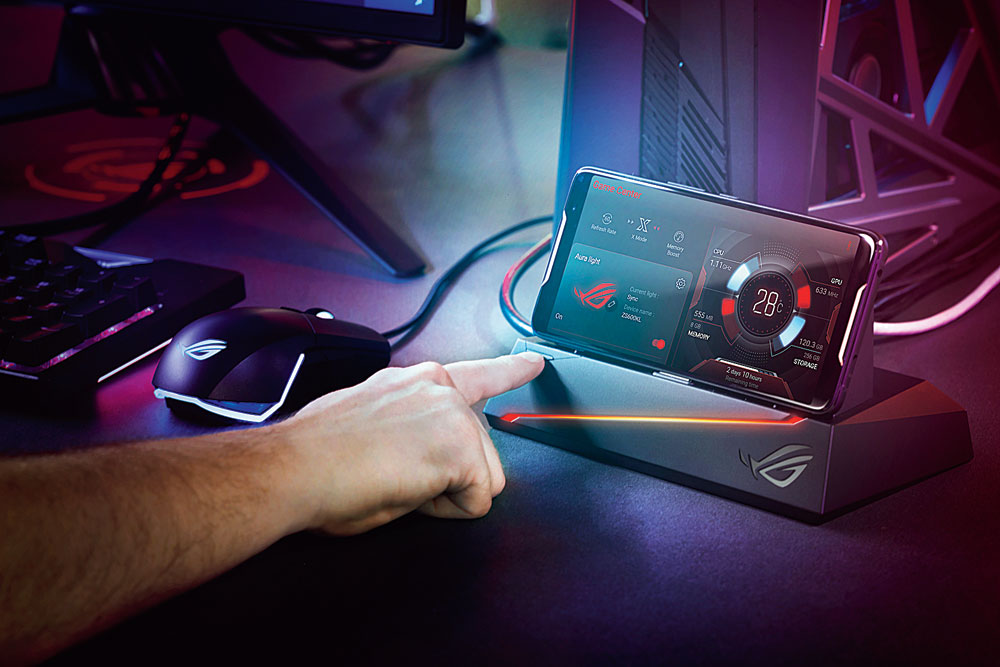
Asus ROG Phone Source: Asus site

